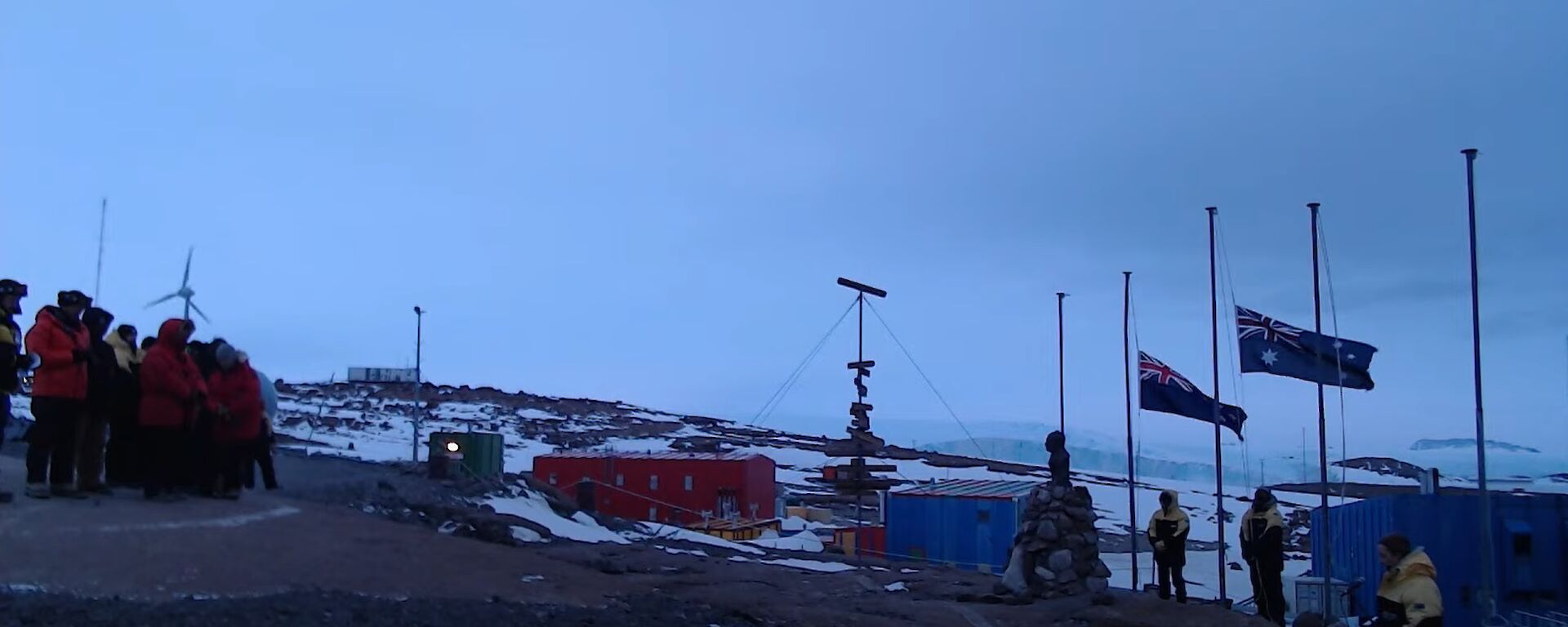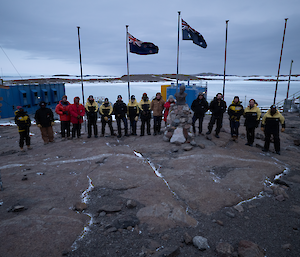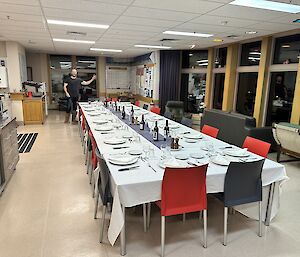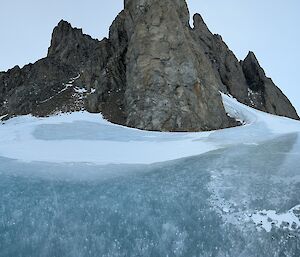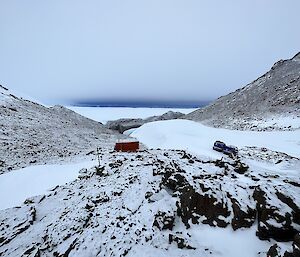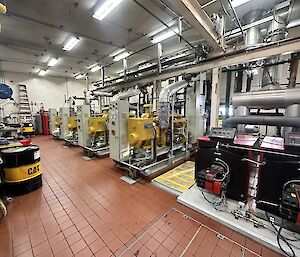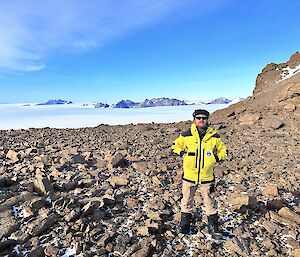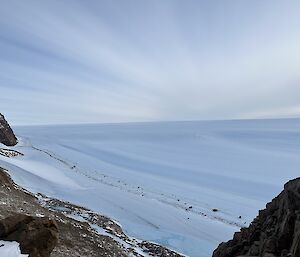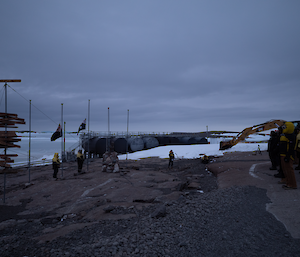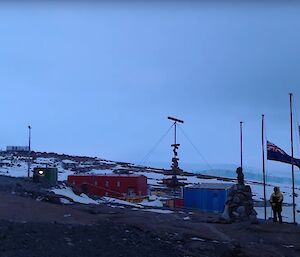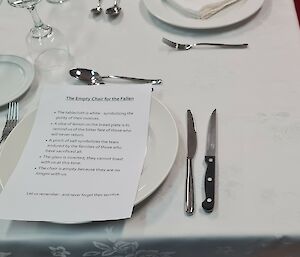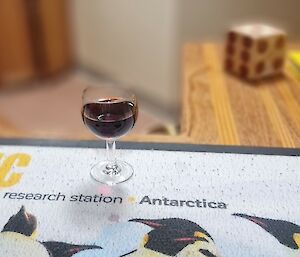I remember seeing Sir Douglas Mawson’s face on the old one-hundred-dollar notes when I was younger. Ever since then, it has been in the back of my mind that, one day, I would like to see Antarctica for myself. Now, over 30 years later, I had the chance to stand upon the icy plateau feeling the same cool breeze he had and at the station named after him!
My path to arriving here was with the never-ending support of my fiancé Michelle and our families and friends. Without their backing, a trip south for a year just isn’t possible. My normal job, when not wearing our fashionable Carhartts for their actual intended purpose, is a Warrant Officer Class Two in the Australian Army, a career I’ve held for the past twenty years. For the past several years, I have been gently sowing the seed with everyone that would listen that I wanted to head south and complete a season as the Station Mechanical Supervisor (SMS) with the AAD in Antarctica, so with a lot of emailing and support of my hierarchy and career management I secured a year of leave without pay to travel down south. I was just lucky I got Mawson!
Anzac Day dawn service this year is the most remote I have ever attended. To be at the second-most southerly service in the world is a surreal experience. So, as the station gathered in the morning light to commemorate Anzac Day and with a southerly blowing, the sound of the bugle played out across the sea ice in our harbour once more. Afterwards, we met in the mess for yet another extraordinary smunch prepared by our chef Nick whilst he tended to the lamb on the spit, slowly roasting away, making sure everybody was hungry for the dinner to come.
Work the next day tempered the enthusiasm, but it was a great night, with dinner lasting well into the evening before adjourning to the bar for darts and space invaders. We have another 10 months to go before the big red boat comes south to take us home again; so far, we have only scratched the surface of what this frozen place has to show us; we can only wait and wonder what will come.
“Arte et Marte”
Ben (Mawson SMS)

